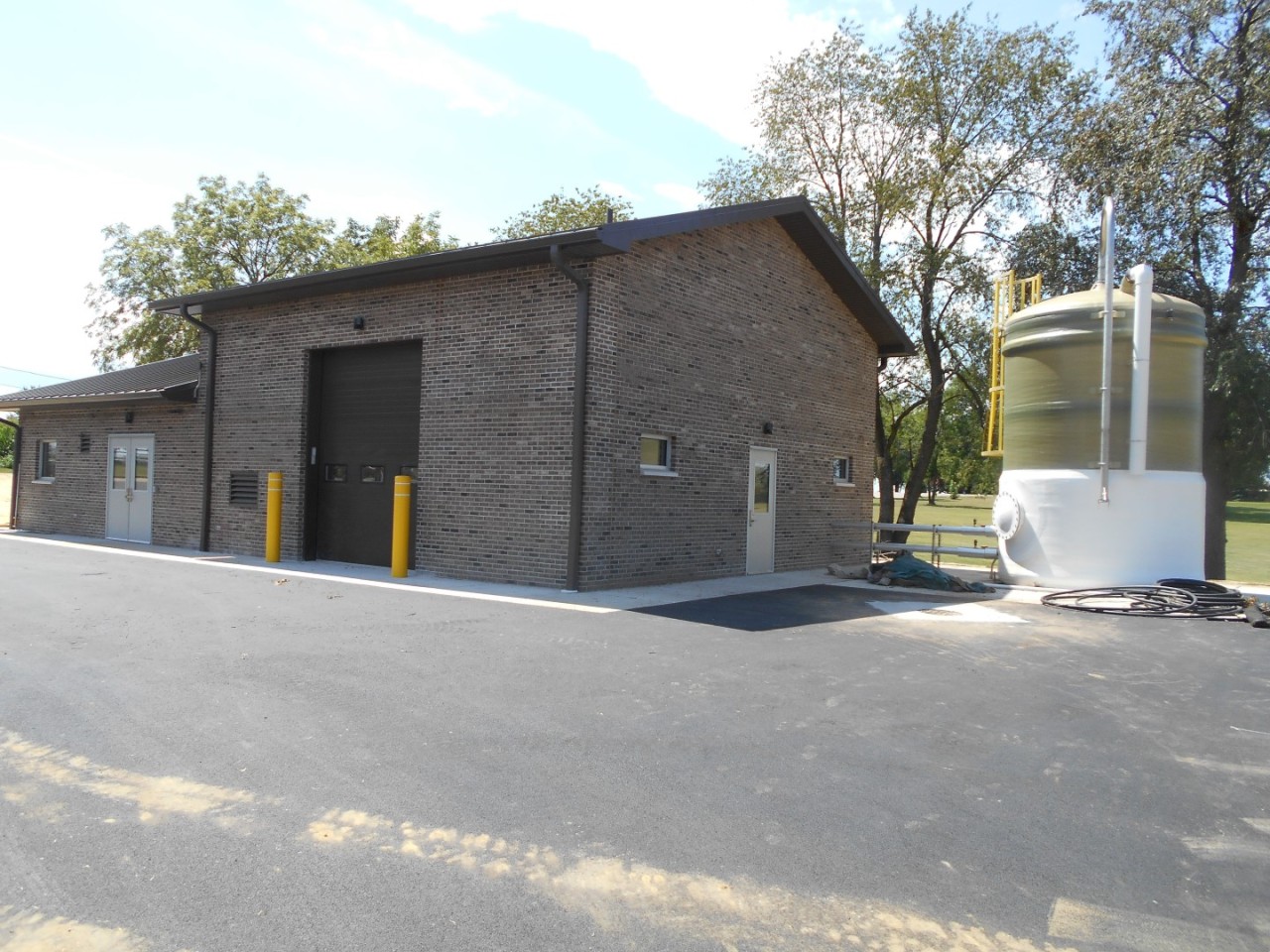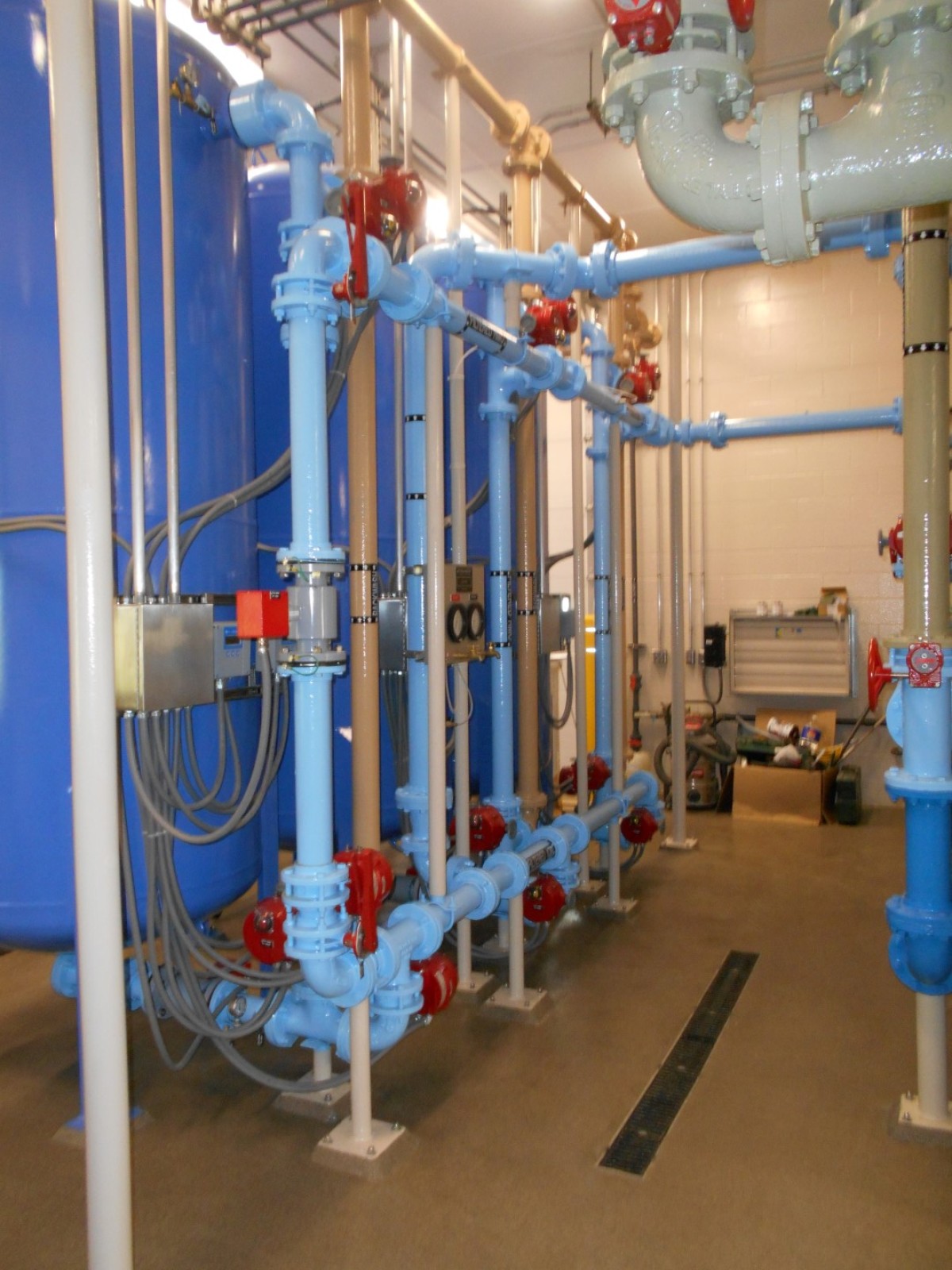PFAS removal from water: the evolution from groundwater to potable water
Various Per- and Polyfluoroalkyl Substances (PFAS chemicals) are commonly used in industrial, commercial and consumer products. These manufactured substances are also called forever chemicals because of their resistance to heat, water and oil, which hinders their natural degradation. When PFAS chemicals leach into water through landfills, industrial sites, wastewater treatment plants and fire response sites, they contaminate groundwater and drinking water sources. The hydrophobic properties of PFAS molecules and their inability to dissolve in water make it challenging to remove them from water sources using traditional drinking water treatment technologies.
To protect communities from PFAS-related severe illnesses, the U.S. Environmental Protection Agency (EPA) since June 2022 has published interim health advisories for Perfluorooctanoic acid (PFOA) and Perfluorooctane sulfonate (PFOS). In March 2023, the EPA announced the proposed National Primary Drinking Water Regulation (NPDWR) for PFOA, PFOS and four additional PFAS chemicals. The proposed regulation establishes legally enforceable levels — or Maximum Contaminant Levels (MCLs) — for these six PFAS. If finalized by the end of 2023, public water systems that exceed proposed standards would be required to reduce PFAS levels in drinking water.
Below, we discuss some standard technologies used in drinking water treatment facilities for PFAS removal from water and why you need an experienced team of water engineers to determine the most effective water treatment technology for your community.
PFAS removal from water: key technologies
There is extensive ongoing research at the bench-, pilot- and full-scale levels to determine which methods or technologies work best to remove PFAS from drinking water. The table below lists a few of the most studied technologies shown to effectively remove PFAS from drinking water.
Notably, these technologies for PFAS removal from water apply to groundwater and potable water. When selecting a treatment for removing PFAS from drinking water sources, plant operators must typically consider how each method's efficacy and affordability align with the community's needs.
Why municipalities need water engineers to implement the best method for PFAS removal from water
The efficacy of a PFAS removal treatment for drinking water depends on several factors, including the choice of carbon/resin/membrane used, bed depth, water flow rate, temperature, degree, types of background organic matter and the type of PFAS to be removed. Funding also influences decisions to opt for a specific water treatment technology. An experienced team of water engineers can help you install the most effective and affordable technology to provide residents with PFAS-free drinking water.
At Fehr Graham, we are committed to helping communities design cost-effective, state-of-the-art water systems to secure safe drinking water. From planning and designing water treatment systems for PFAS removal, obtaining funding for system upgrades and overseeing construction, our multidisciplinary team helps you comply with proposed standards for PFAS chemicals in drinking water.
To learn more about how Fehr Graham can help you determine the best method for PFAS removal from water, contact us or call 920.453.0700.
 |
Jennifer Buholzer, PE, is a Project Engineer who works on everything from water and wastewater projects to transportation and park projects. She develops relationships with our clients to help them find the most affordable and sustainable solutions. Jen is knowledgeable, results-driven and enthusiastic, offering trainings and webinars and serving as a conference speaker at dozens of events annually. Reach her at |
Collaborative, Insightful, Results-Driven Solutions
Fehr Graham provides innovative engineering and environmental solutions to help improve the lives and communities of our customers.


